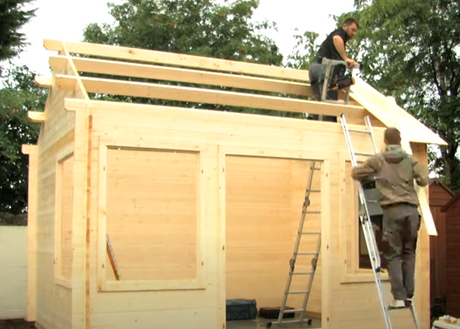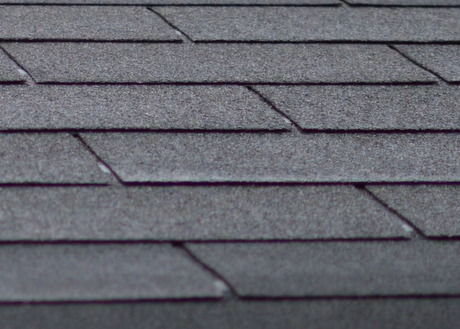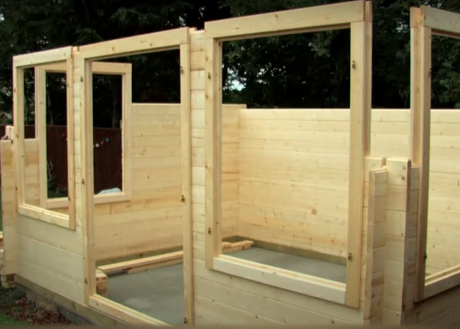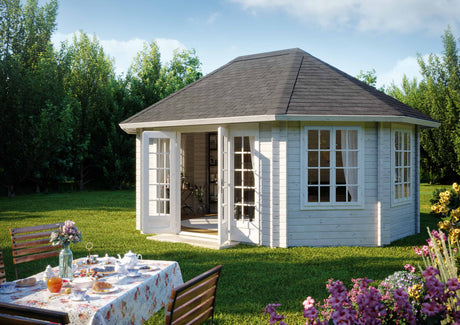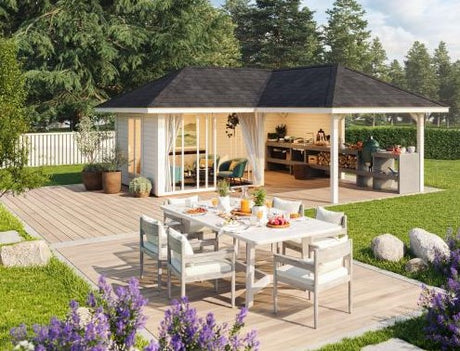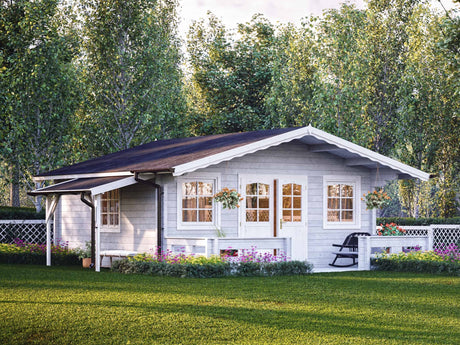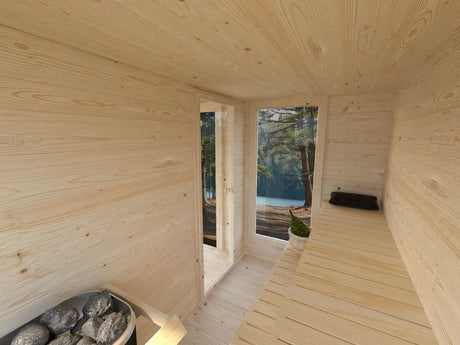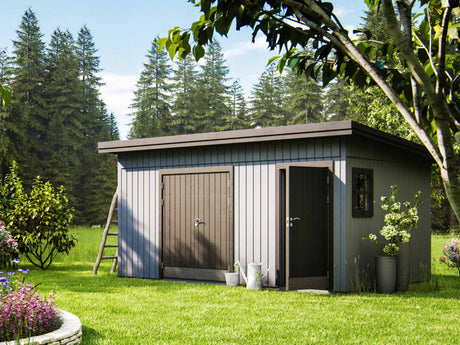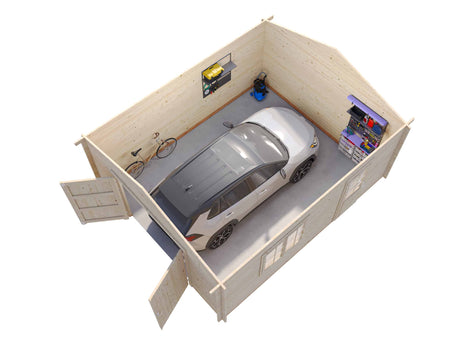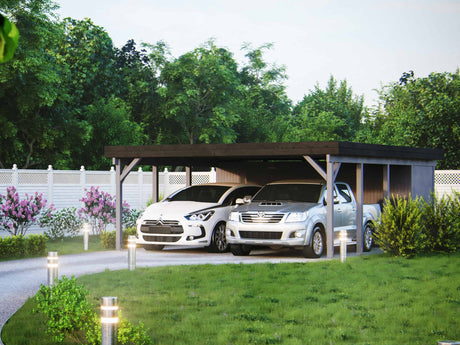Gardening for bees and planting for pollinators
Would you like an excuse for a few weeds and untidy areas in your garden? Well you have a brilliant one; bees.
Or rather pollinators – because contrary to popular belief, it’s not just bees that pollinate our gardens, but various flies, beetles, butterflies, ladybugs and moths as well.
Basically, any insect that flies from flower to flower to feed themselves or their larvae is helping your garden grow.
It’s well known that bees are having a hard time at the moment – hives are under attack from parasites and disease, and pesticides can harm them (and other pollinators) – hence the EU banning the use of neonicotinoid insecticides.
So, what can garden owners do to save our bees and other insects? And why does it matter that we do this?
To start with the final question, it matters because without bees or pollinators, most of us would struggle to get the food we need. About one-third of the food on our plates is dependent on pollination (there’s more about this – and about what pollination actually is – on a good BBC website article about whether we’d starve without bees).
If you’d like to do your own bit to safeguard the UK’s crucial pollinators, what can you do in your own back garden?
Here are six steps covering gardening for bees, planting for pollinators and other ways to help butterflies and insects to their thing.
1. If you’re looking for a great hobby, you could keep bees yourself

The British Beekeepers Association offers advice and training courses all around the UK, if you’d like to have your own hives and honey sources.
But for most of us keeping our own bee hives is a step too far. And anyway, not all bees and pollinators are hive-based. The habitats of solitary bees, hoverflies and other insects are under threat not just from changes in agriculture, but from people making their gardens too manicured or – even worse – covering them with low-maintenance gravel or decking. Therefore you could consider gardening for bees and…
2. Make your garden bee-friendly with plenty of pollinator nest sites

Good habitats for pollinators include dead wood, ponds, and bare ground. This is a great excuse for a touch of neglect or organised chaos, and with more pollinators around, the other parts of your garden are more likely to thrive.
Some types of solitary bee nest in hollow stems, such as bamboo, or herbaceous plant stems, so incorporate these into your bee garden design too. You could drill holes in fence posts or logs, or make (or buy) your own bee hotel with bamboo canes or cardboard tubes.

Whether you buy a bee hotel, or make your own, be sure to position it somewhere sunny.
The RSPB has a good guide to building your own, and there are plenty of ready-made designs on websites like notonthehighstreet.com (and they make excellent gifts for gardeners who have everything).
3. Planting for pollinators; choose nectar and pollen-rich plants

We all know pollinators like flowers, but there are some finer points to note here.
Firstly, go for diversity in your planting. One threat to pollinators has been the move towards monoculture – so gardeners can counter this by planting a rich array of different flowers, and also letting some wildflowers grow.
Secondly, bees generally prefer open-flowered varieties of plants to fancier, double-flowered ones, because the latter tend to prefer less pollen and nectar.
Thirdly, according to Gardeners World magazine, bees see purple more clearly than other plants. This makes lavender, alliums, buddleia and catmint great bets for pulling in the pollinators.
If you want to know more about different bee-friendly flower varieties, take a look at a great gardening guide from Defra (Dept for Environment, Food and Rural Affairs) which even tells you which flowers appeal to long-tongued and short-tongued bees respectively!
4. Gardening for bees goes beyond the summer months
Another way to do your bit is to plant early and late-flowering plants. This will also make your garden look better for longer.
Early-flowering plants could include fruit trees, hawthorn, forget-me-nots, hellebores and crocuses. And this may be anathema to those who have battled dandelions for years, but they too (along with white deadnettles) can be good early sources of pollen and nectar.

When it comes to gardening for bees and planting for pollinators good late-flowering plants include dahlias, fuchsias, sedums, Michaelmas daisies, sedums and marigolds – all of them easy to grow.
And remember, “a weed is just a flower growing in the wrong place”, so maybe a few dandelions, daisies and buttercups could go ignored the next time you consider getting the weed killer out.

For a more encyclopedic guide to planting for bees and pollinators, take a look at the RHS Perfect for Pollinators lists of garden plants and wildflowers.
5. Yes to gardening for bees means no to using pesticides

The arguments rage about the effects of pesticides on bees and other pollinators. But basically, if you can avoid them, do so, and use other methods as far as you are able – for example, organic products or biological methods. Hoverflies and ladybugs are both pollinators, but they also feed on aphids )a common pest that most gardeners try to get rid of).
If you must get out the pesticide sprays, avoid spraying on open flowers, and follow label instructions carefully.
6. Pollination can be thirsty work

Bees and other pollinations will often need to drink in summer, so the RHS recommends using a shallow dish filled with stones or marbles and water as a safe water source for them. The shallow edge of a pond can also be a good water source.
So, there we are, gardening for bees and planting for pollinators in six really easy steps. These suggestions can improve your own garden, but they’ll also help with global food security and biodiversity as well. That surely must be on your gardening to-do list for 2018.


